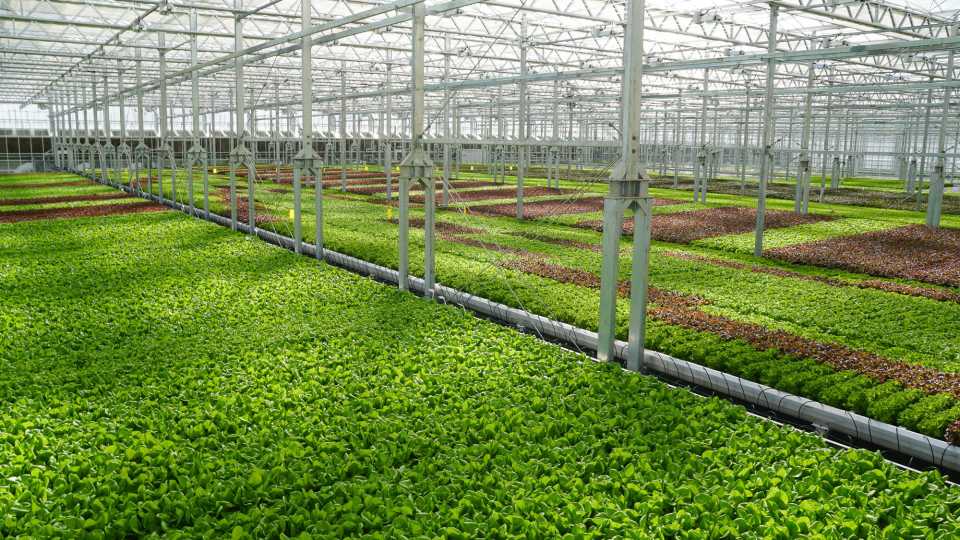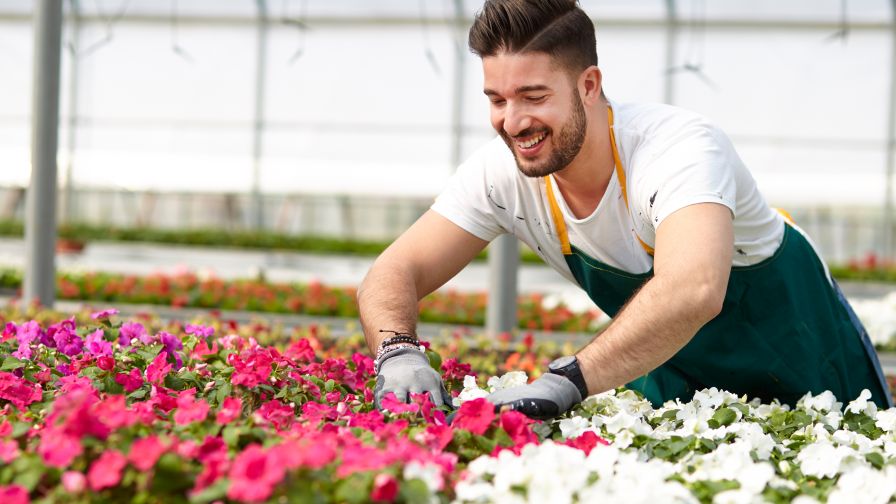How Controlled-Environment Agriculture Is Expanding Around the World

Photo Gotham Greens
The Indoor AgTech Innovation Summit is a week away, and one of the big focuses will be the unprecedented growth of the controlled-environment agriculture (CEA) landscape on both a national and international scale.
Prior to the summit, event organizers gathered Dirk Aleven (CEO at FoodVentures), Cristian Sjogren (Co-Founder and CEO at Agrourbana), and Ben Crowther (CTO at LettUs Grow) to discuss what’s happening in their markets. A condensed version of their discussion is below; check out the entire conversation here and hear from other thought leaders who will be speaking at the Indoor AgTech Innovation Summit here.
How does your geographical location affect your pathway to production?
LettUs Grow: As a technology supplier we’re not particularly sensitive to any geographical factors. However, working with clients in the UK is a challenging testing ground for our technology due to the relatively high energy and labor and low produce prices in the UK currently. Demonstrating our product’s effectiveness in the UK shows huge promise for deployments around the rest of the world.
AgroUrbana: We are currently set in the perfect testing ground for vertical farming as Chile is a developing economy with a Mediterranean climate which makes traditional agriculture extremely competitive. We are proving that vertical farming can be competitive in these market conditions to then prove it competitive around the world.
What do you feel is needed from your region to help you scale at speed, and be profitable, sustainable, and overall successful?
FoodVentures: It’s mainly a lack of long-term finance. A lifetime of greenhouses are long (30 years or more) but still the local investors and banks expect repayments to be done in seven years, which is too optimistic. In general, we now see a problem in the inputs (energy) as well, but I believe that is a good thing. It pushes all kind of solutions to think of their energy consumption and ways to reduce it.
Do some regions offer greater potential or pain points over others?
LettUs Grow: Certainly. Farming is a cost of production challenge and there are many regions where the cost of labor and electricity is far lower than in the UK and produce prices are much higher. This provides a very different economic balance and opportunity for our customers.
FoodVentures: Absolutely. Although we manage the climate, the harsher the outside climate is the more utilities are required to manage the inside climate. Next to climate, some regions have better consumer markets than others. Consumers need to reward the fact its produced local, hence fresher and more sustainable.










